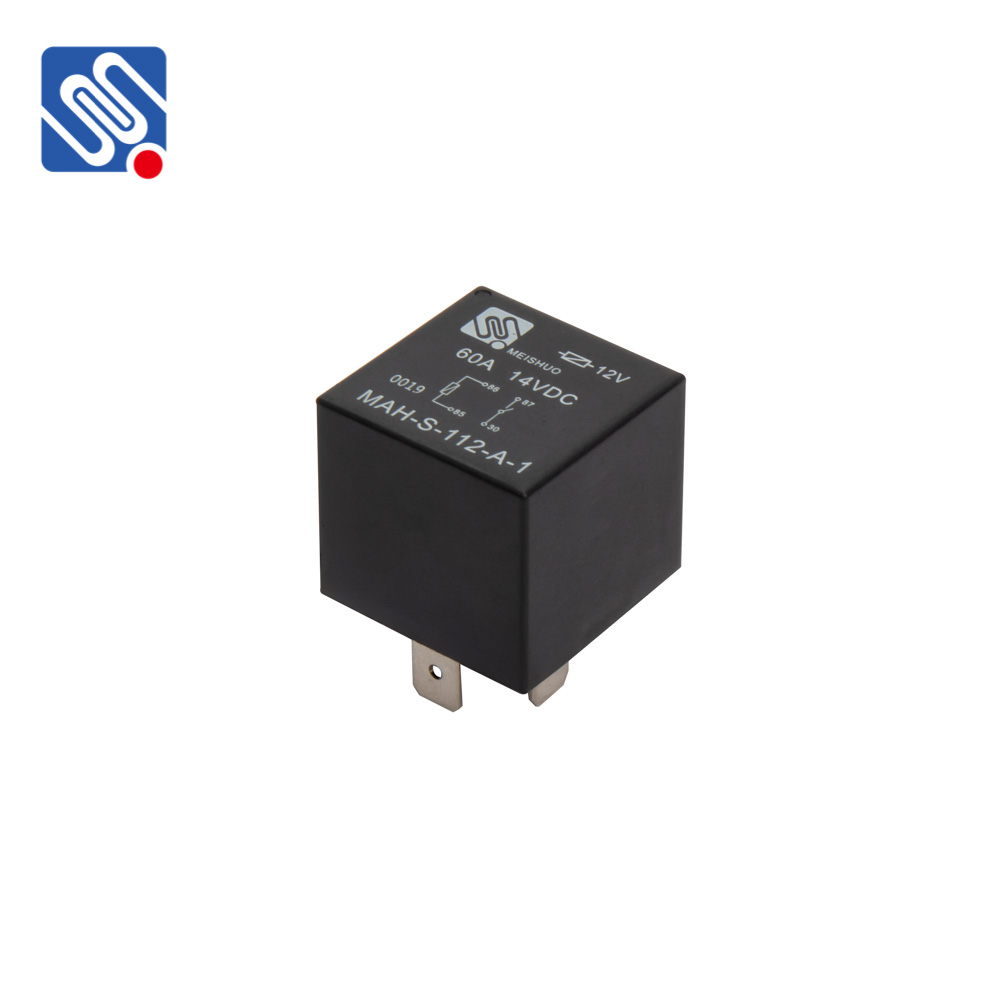The 12V 60A Relay is an essential component in various electrical systems, widely used for controlling high-power loads with low-power control signals. These relays are particularly valuable in automotive, industrial, and home applications where the switching of high-current devices is required but direct manual control is impractical or unsafe. This article delves into the core functions, applications, and important considerations when working with 12V 60A relays.

What is a 12V 60A Relay? A relay is an electrically operated switch, designed to control the flow of current in a circuit without the need for direct human intervention. The 12V 60A Relay operates using a 12V DC control signal to activate its switching mechanism, which allows it to handle loads up to 60 amperes. This type of relay is engineered to manage high-current electrical circuits safely, often in applications where direct control of large electrical loads is not feasible due to the high current or voltage levels. The relay typically consists of an electromagnetic coil, contacts, and a mechanical armature. When a current flows through the coil, it generates a magnetic field that attracts the armature, thus closing or opening the contacts in the circuit. This action enables or disables the power to the connected load. The 60A rating indicates that the relay can handle a maximum of 60 amps of current, which is a significant amount for many industrial and automotive applications.